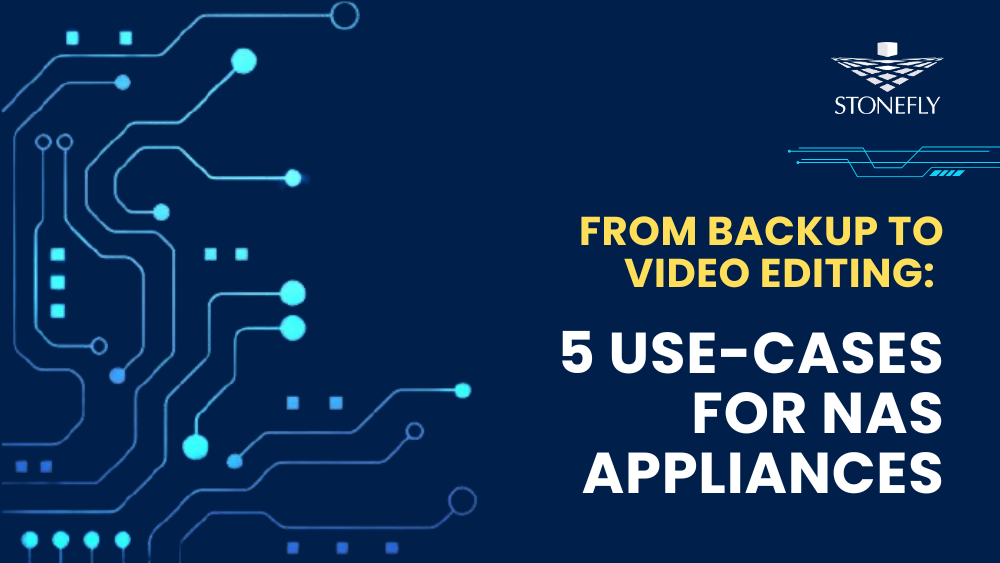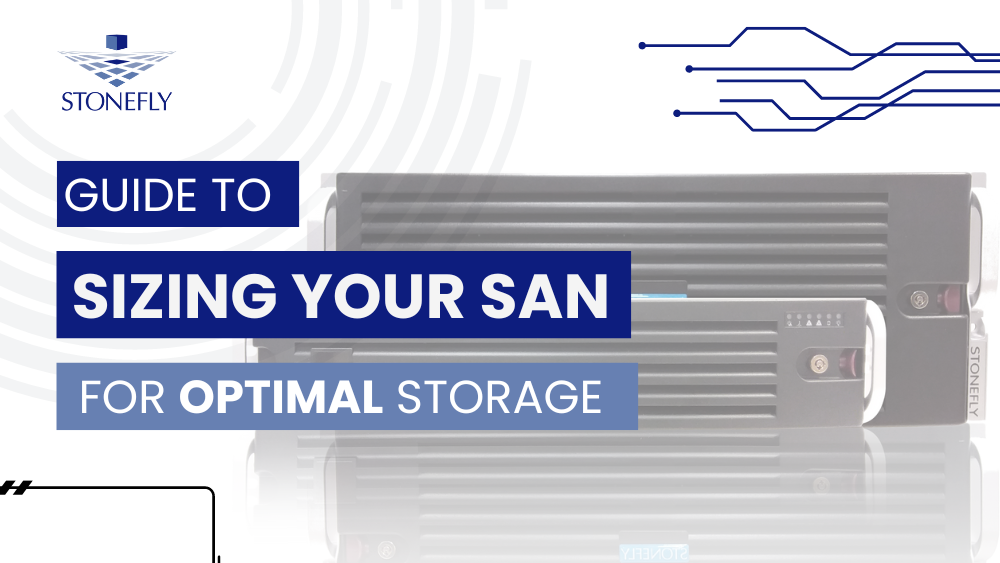In IT infrastructures while variables vary depending on the enterprise and the data requirements but one thing is certain: data will continue to grow and databases will always require expansion after certain intervals of time. Database expansion is a difficult endeavor and tends to be very costly. In order to accommodate the growing pains of a database, there is a solution that is reliable, delivers high-performance and provides on-demand storage for the application which are hosted on cloud servers. This solution is Enterprise SAN Storage Appliance.
SAN appliances are used for
Storage Area Network (SAN) comprises of
- Communication infrastructure: which provide physical connections.
- Management layer: which organizes the connections
- Storage elements: so that data transfer is secure and robust.
Storage Area Networks and the Cloud
Many companies use cloud services to store their data. They use virtual servers for expanding the company’s storage capacities beyond the infrastructural capabilities. Cloud service providers use SAN technology because it has the ability to connect large numbers of servers to the storage devices. Storage Area Networks (SAN)
Benefits of SAN Appliances:
You can use SAN like the hard drive attached to your server. SAN provides
- Availability: A single copy of data is accessible to any and all hosts via multiple paths.
- Reliability: SAN appliances deliver optimized data flow with zero error. As there are multiple storage devices within a SAN, there is no single point of failure; making it more preferable for environments with zero tolerance for downtimes.
- Scalability: SAN appliances are scalable; they can be scaled up according to your needs.
- Performance: Enhanced connectivity enables faster data flow while the separation between storage and network I/Os prevents performance bottlenecks.
Use cases
- You can use SAN appliance for databases as it delivers high performance and low- latency connectivity.
- SAN uses
block level storagetherefore it can be used where you have to combine multiple disks such as RAID volumes. - You can use SAN appliances for applications that run on Java, PHP
and . Net. - SAN appliances can also be effectively leveraged for
mission critical applications.
SAN appliances can store files and can work as storage for specific applications like databases and Virtual machine file systems. In SAN data transportation is much efficient and reliable. Each storage volume can be treated as an independent disk drive and it can be controlled by
![upload[1]](https://staging.stonefly.com/wp-content/uploads/2018/05/upload1.png)









